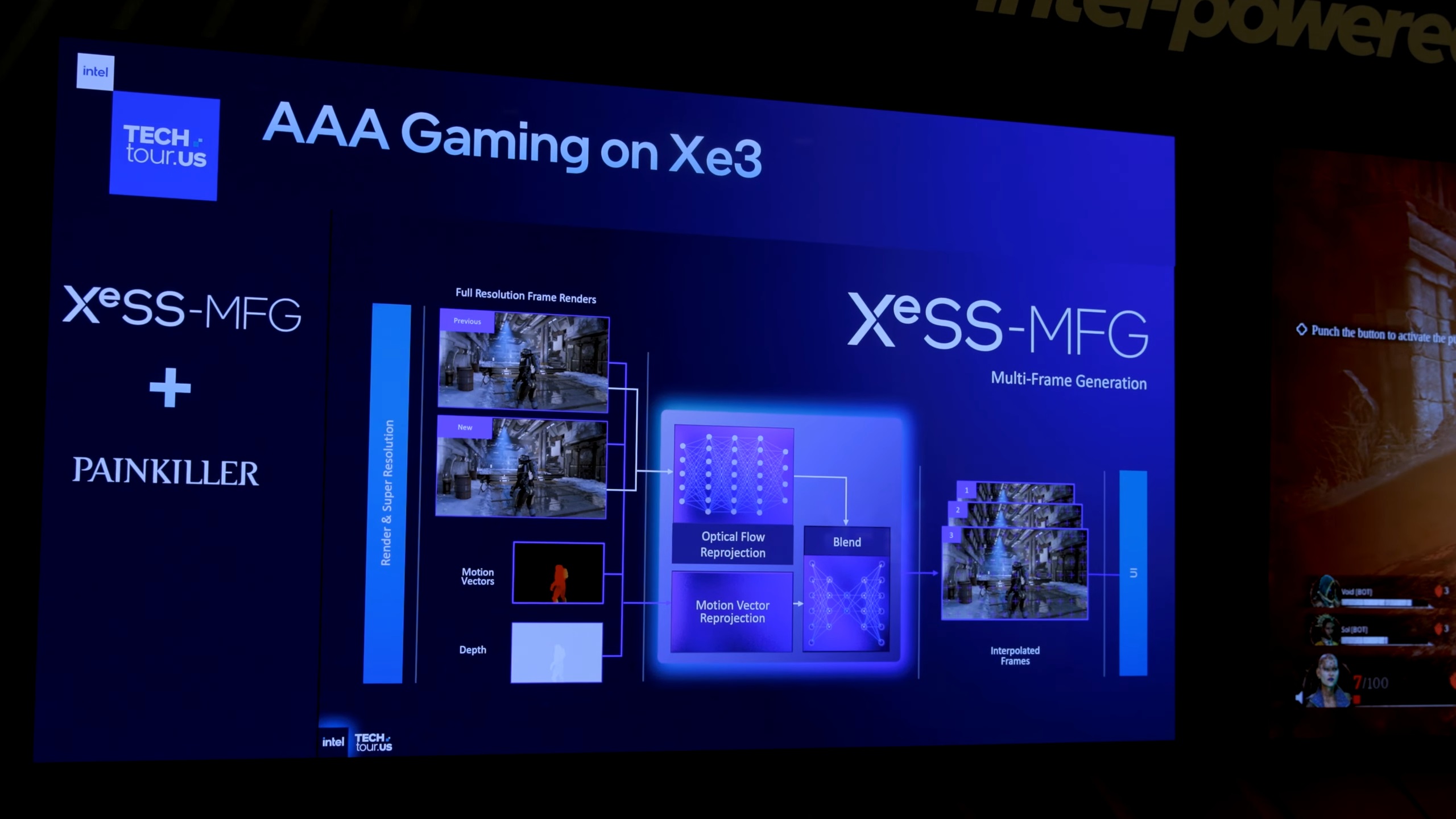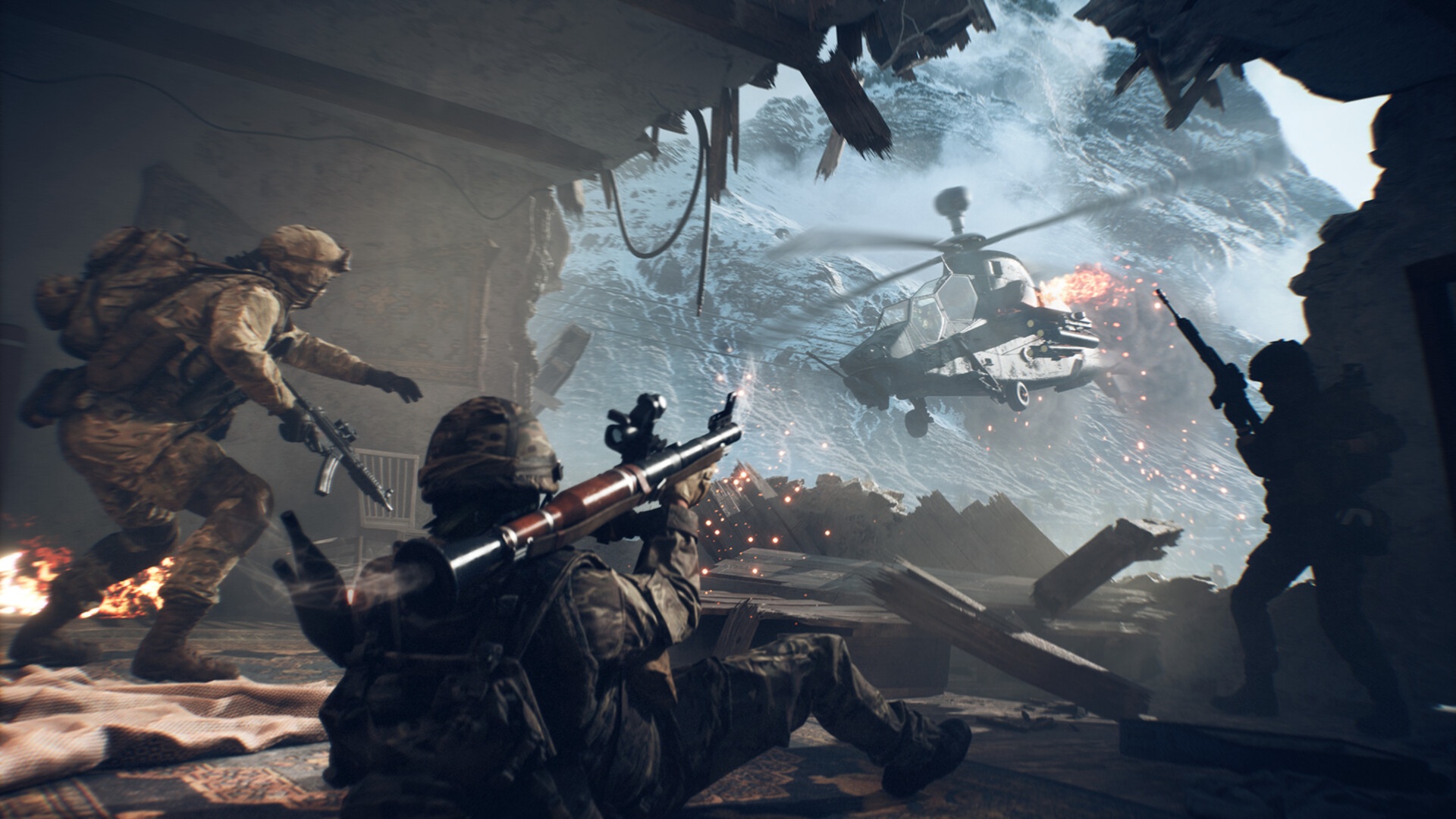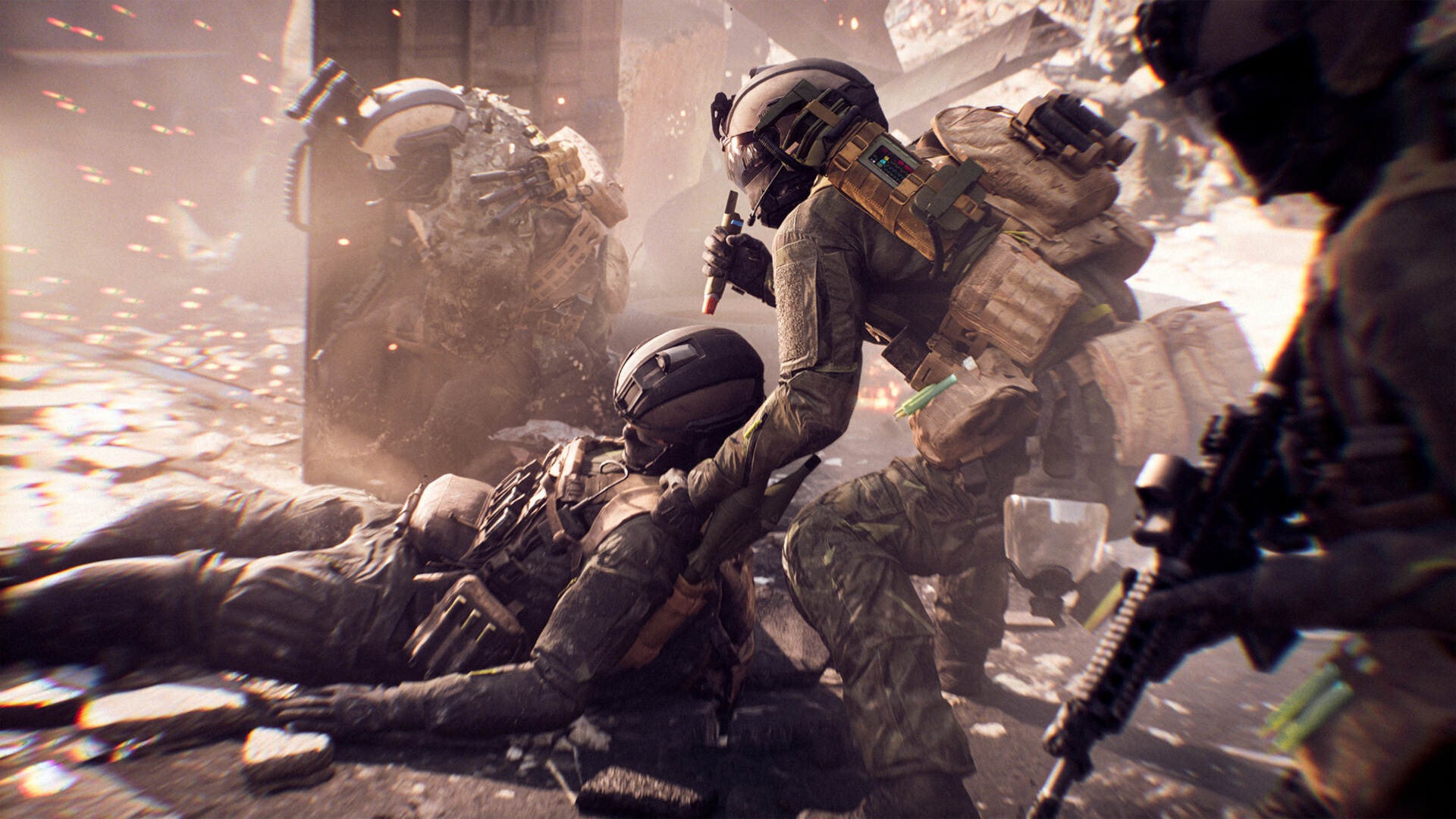This article discusses the essential details a gamer or an end-user needs to know before picking a wireless gaming mouse.
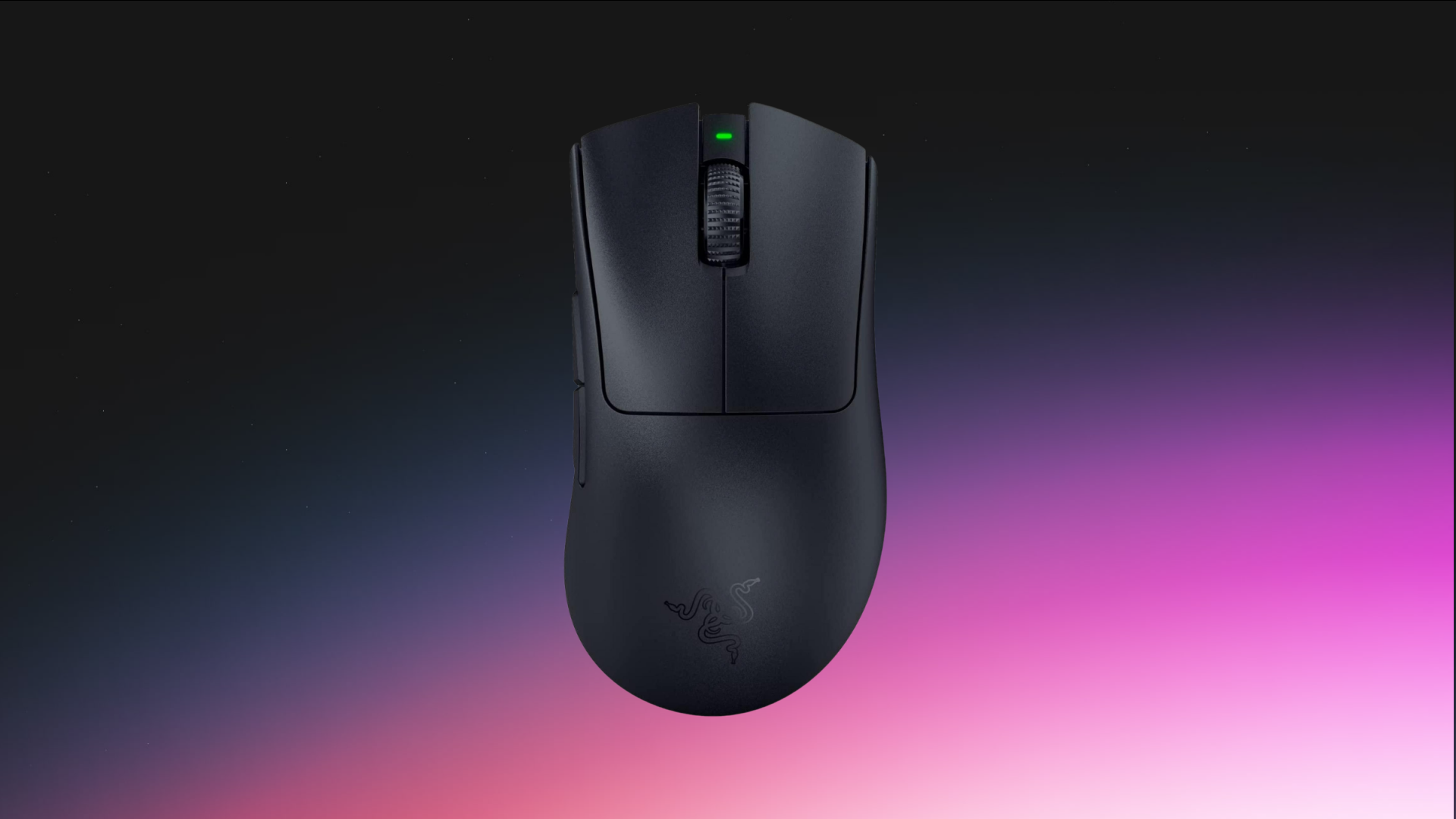
Selecting a wireless gaming mouse involves elements such as sensor size, ergonomic design, weight, and practicality. Today’s wireless mice have evolved to near-wired latency levels like their wired counterparts, but differ in sensor types, customization, and weight. This article discusses the critical factors a gamer should prioritize before investing in a wireless gaming mouse.
Note: You must consider a branded product. Countless counterfeits of popular mice exist. They have questionable software, and your systems’ data can be compromised.
Sensor Technology: Optical vs. Laser in Wireless Gaming Mouse
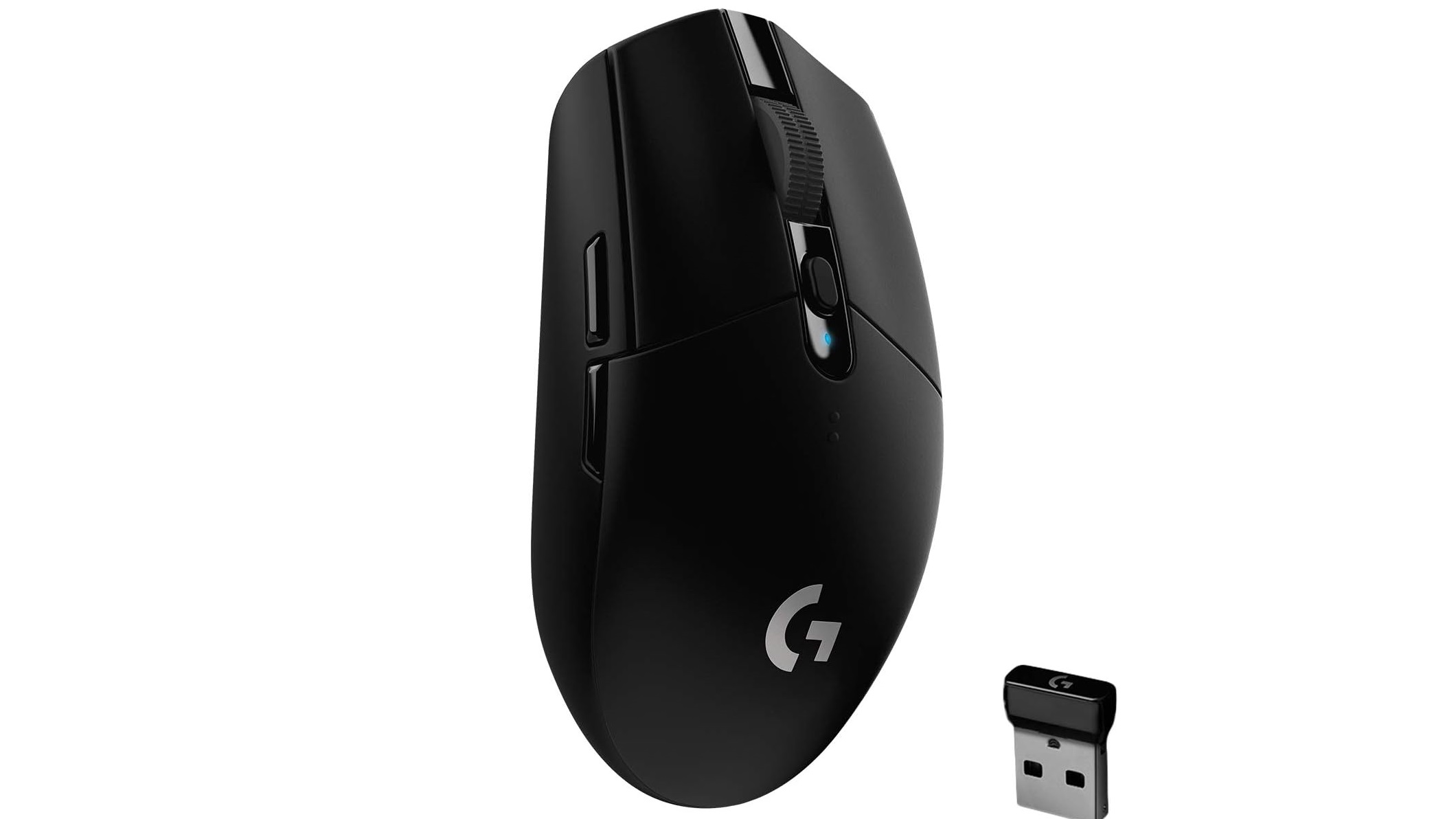
The sensor is the most essential part of a wireless mouse due to its precision, weight, and battery life. For starters, there are two kinds of sensors: optical and laser. Optical sensors use an infrared LED to capture surface textures, offering good performance on non-glossy surfaces. Lasers employ a laser beam to penetrate any surface, smooth or irregular, but both have advantages and drawbacks.
Optical sensors excel in minimizing acceleration artifacts, making them ideal for competitive FPS (first-person shooter games), where pixel-level accuracy is vital. High-end optical sensors such as PMW 3395 or even Razer Focus Pro 30K go up to 30K DPI, maintaining a low-lift-off distance, around 1-2mm, and are incredibly accurate at rapid movements.
On the other hand, laser sensors also offer high DPI but are prone to acceleration issues during rapid movements. Laser mice are more suited to professional users who are looking forward to designing or even using the mouse on a glass surface. For most gamers, optical is the bread and butter. Laser mice also draw more power than their optical counterparts, making them a difficult choice for designing a wireless one.
DPI and Sensitivity Customization
Dots per inch, or DPI, dictate how far the cursor moves based on the physical mouse movement. Brands generally market high DPI (e.g., over 30,000) as a selling point, but in practical gaming scenarios, the sweet spot usually lies around the 400-3,200 DPI mark for FPS gaming. MOBA/MMO Competitive players opt for a maximum of 3,200-6,400 DPI. The thing is, it’s not DPI; it’s how accurate the sensor is. A higher DPI may fool someone into thinking it is better, but a mouse with a sensor that is more accurate and has minimal latency is the clear winner.
When picking a wireless mouse, choose ones that offer on-the-fly DPI adjustments. For example, the Logitech G Pro X Superlight 2 stores multiple DPI presets accessible via a dedicated button.
Polling Rate and Latency
Polling rate is measured in Hertz (Hz). This determines how frequently the mouse reports its position to the computer. A 1000 Hz polling rate produces around 1 ms latency, which is standard among good wireless gaming mice. High-end models, such as the Deathadder V3 Pro, can reach up to 4000 Hz via proprietary dongles. Remember that a higher polling rate drastically reduces battery life and offers diminishing returns. Additionally, higher polling rates are taxing on your CPU.
Modern wireless protocols, such as Logitech’s Lightspeed and Razer’s HyperSpeed, have closed the gap regarding the visible latency difference between wired and wireless mice. Investing in them in the long run can be highly beneficial.
Ergonomics and Grip Style
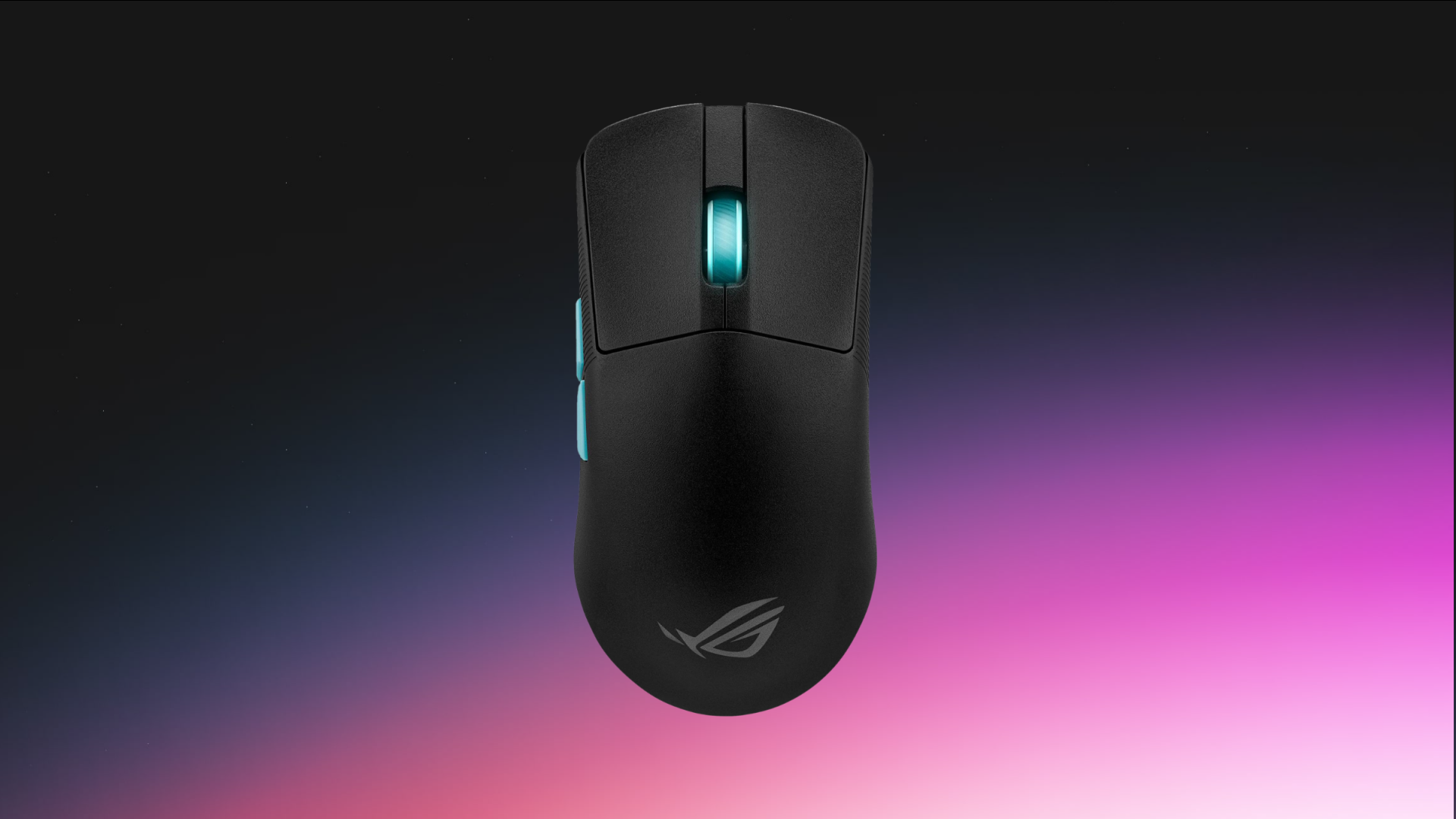
Another vital factor in choosing a mouse is comfort and gripping style. Palm grippers benefit from ergonomic design, such as the Deathadder V3 Pro, which features a curved right-hand contour and textured side grips. Claw and fingertip grippers often prefer ambidextrous grip styles. Lightweight mice such as the Corsair Katar Elite Wireless or the Viper Mini Pro Wireless are incredible options.
Weight distribution is also equally critical. Mice under 80g reduce fatigue during extended gaming sessions. Heavier models (100 g+) are more geared towards variable playstyles. For MMO / RTS, depending on the scene, a gamer sometimes prefers a claw grip rather than a palm grip. For FPS, the gripping is consistently the same.
Battery Life and Charging
Another crucial factor in a user’s choice is battery life. Depending on the battery type, whether lithium-ion or disposable AA/AAA cells, the device’s weight also impacts. The G305 Lightspeed delivers around 250+ hours of battery life on a single AA battery. However, there are rechargeable models too, such as the Razer Deathadder V3 Pro, which offers more than 100+ hours of battery life.
Software and Customization
Many brands, such as Razer, Glorious, and even Logitech, allow ample customization, from RGB to key remapping and macros. Key remapping bundled with macro functions becomes very important for MMOs, as gamers can easily execute complex macro functions, such as performing combo moves, in just a single click.
Conclusion
Wrapping up, here are a few things a gamer needs to check out before making the final choice. Gaming mice with the best mouse feet, such as PTFE and optical switches, provide the best experience. Mechanical switches are good, but they are prone to double-clicking. Ultimately, buy whichever suits your pocket, and remember to avoid replicas; instead, opt for cheap mice rather than going for counterfeits with sketchy software.
Looking For More Related to Tech?
We provide the latest news and “How To’s” for Tech content. Meanwhile, you can check out the following articles related to PC GPUs, CPU and GPU comparisons, mobile phones, and more:
- 5 Best Air Coolers for CPUs in 2025
- ASUS TUF Gaming F16 Release Date, Specifications, Price, and More
- iPhone 16e vs iPhone SE (3rd Gen): Which One To Buy in 2025?
- Powerbeats Pro 2 vs AirPods Pro 2: Which One To Get in 2025
- RTX 5070 Ti vs. RTX 4070 Super: Specs, Price and More Compared
- Windows 11: How To Disable Lock Screen Widgets
 Reddit
Reddit
 Email
Email
